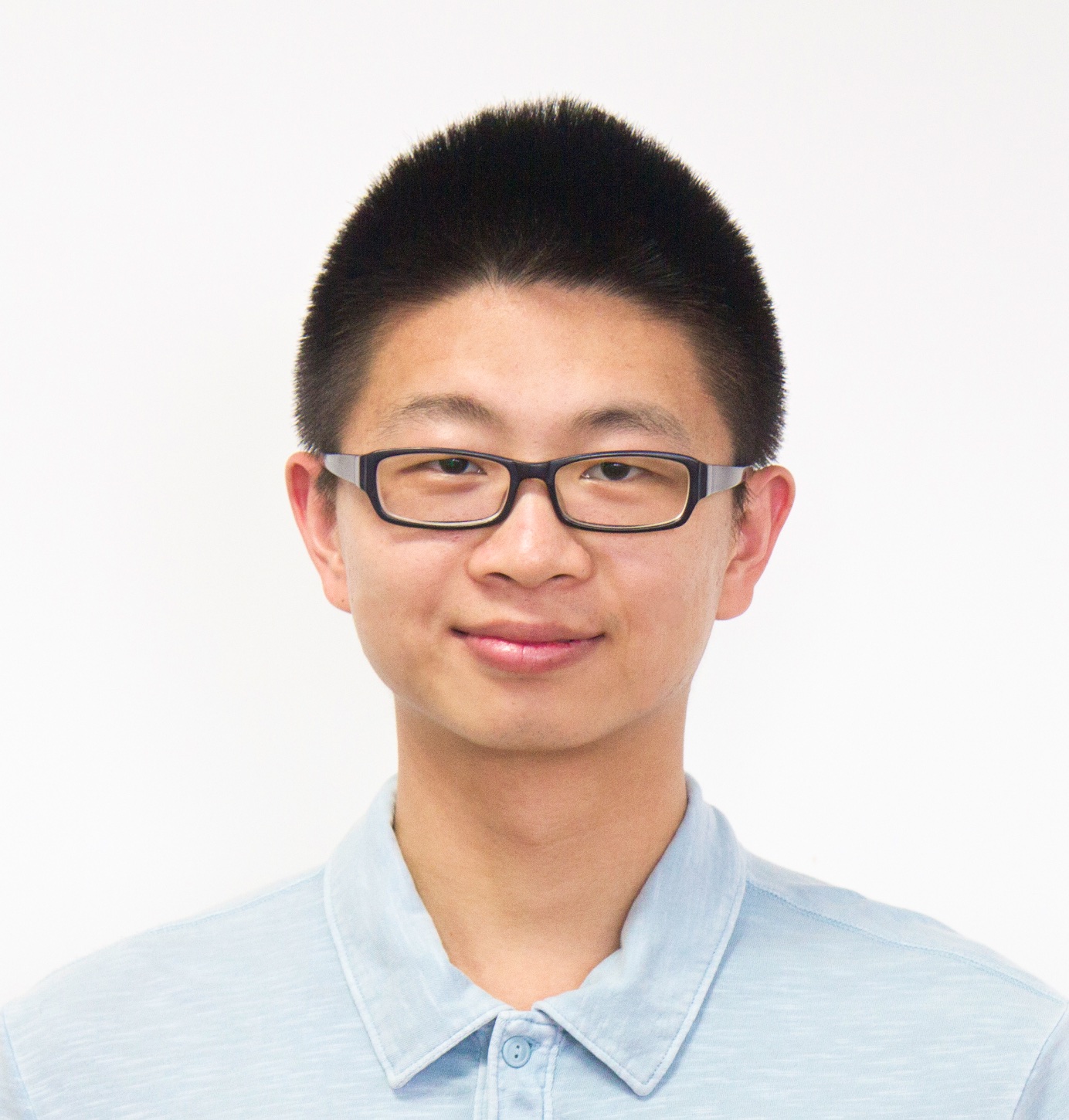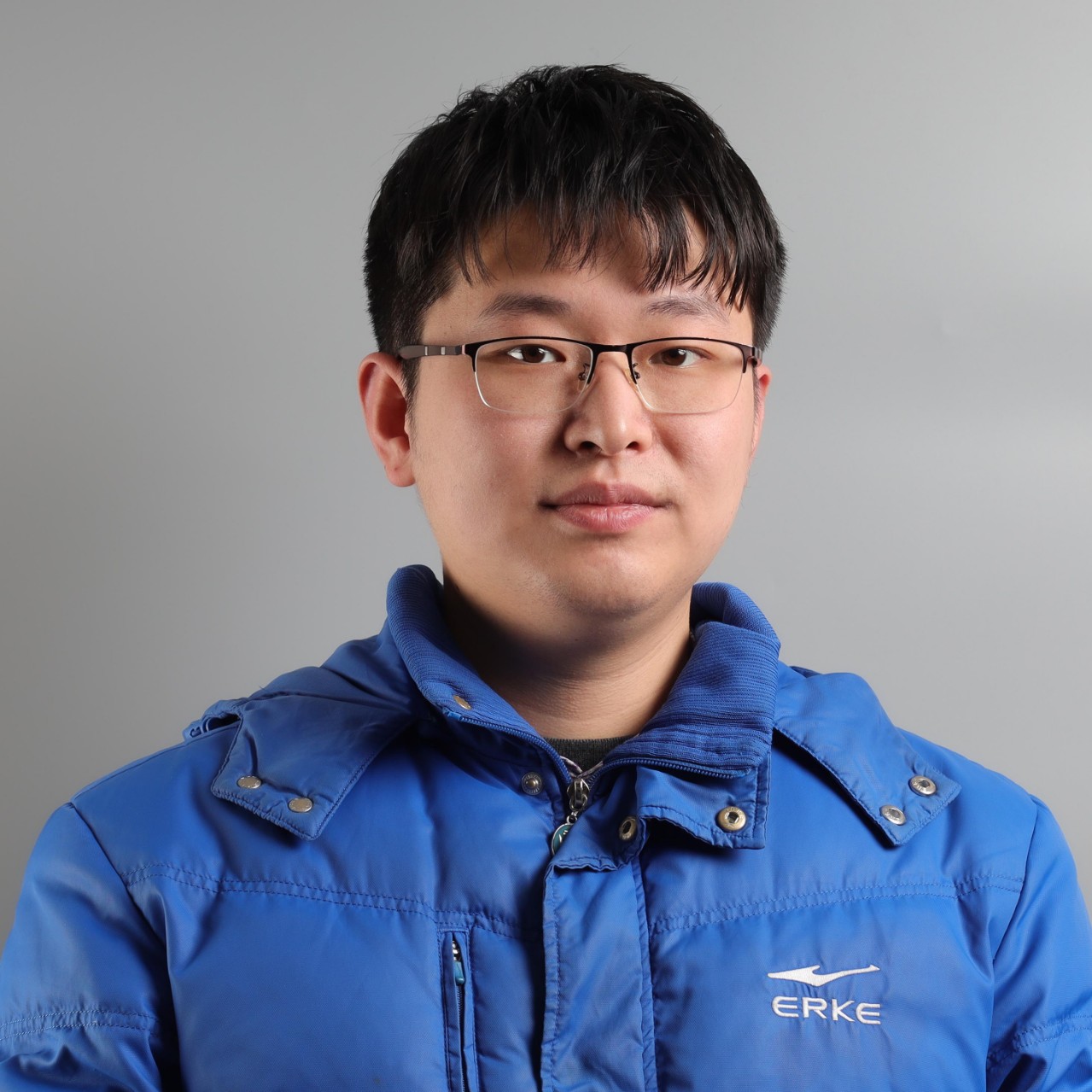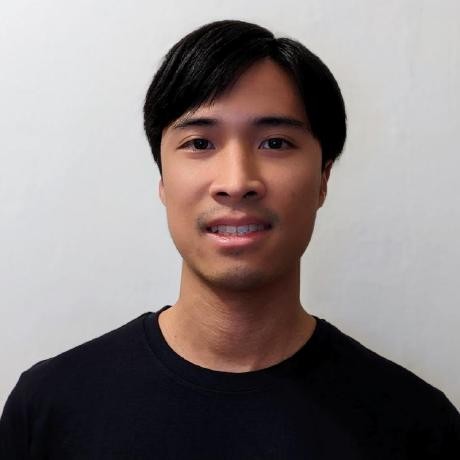Introduction
OpenHarmony is a rapidly expanding open-source operating system. With its deployment on over 100 million commercial devices, it has emerged as one of the most popular open-source OS platforms in the mobile industry. It offers a wealth of research possibilities by enabling more seamless integration and co-design between the operating system and its underlying hardware architecture. This tutorial is designed as a hands-on learning journey into OpenHarmony. We’ll embark on a detailed exploration of the OpenHarmony operating system, delving into its core principles and structural design. The tutorial will encompass several key areas:
- Introduction to OpenHarmony Architecture: we’ll begin with an overview of the evolving mobile OS landscape, emphasizing the unique features and architecture of OpenHarmony.
- Practical Development and Prototyping: step-by-step instructions will guide you through building system security prototypes, utilizing underlying synchronization primitives, and designing scalable data structures. Additionally, we’ll cover the experience of porting existing applications to OpenHarmony.
- Innovative Experimentation and System Research: finally, we’ll demonstrate how OpenHarmony enables novel research ideas and supports reliable experimentation for researchers and system designers. By the end, participants will have gained a comprehensive, practical understanding of OpenHarmony’s potential in system research and development.
The tutorial will cover the following key topics:
- Understanding the evolving landscape of mobile operating systems, elaborating the features and architecture of OpenHarmony.
- Step-by-step guidance on how to develop OpenHarmony applications with different languages, including ArkTS, Cangjie, Rust, etc.
- Step-by-step guidance on building an scalable concurrent data structure in OpenHarmony with formal methods.
- Introduction of the Eclipse Oniro in Europe, which hosts the code and repositories for add-ons and enhancements to the OpenHarmony project.
- Demonstrating how OpenHarmony enables novel research ideas and supports reliable experimentation for researchers and system designers.
Join us (!!!)In this tutorial to unlock new opportunities and pave the way for secure, interconnected and efficient mobile systems using OpenHarmony. Prior knowledge of operating systems and basic programming concepts would be beneficial.
Organizers

Yutao Liu is the director of Huawei Dresden Research Center. He received his PhD from Shanghai Jiao Tong University in 2017. Research interests include OS and architecture.

Diogo Behrens is the director of Dresden OS Kernel Lab at Huawei Dresden Research Center. Before joining Huawei in 2019, Diogo was software engineer with focus on stream data processing. He holds a PhD from TU Dresden, Germany.

Xinrui Li is a 5th year Ph.D. student in IPADS, Shanghai Jiao Tong University. His research focuses on performance optimization in mobile OS.

Magnus Morton is an expert in the Programming Languages lab at the Huawei Edinburgh Research Centre, specializing in the research and application of Effect Handlers technology in the Cangjie Programming language.

Francesco is an Open Source Software Engineer and the Committer Representative for the Oniro project, leading Eclipse Oniro for OpenHarmony.

Jonathan Schwender is a software engineer at the Huawei Dresden Research Center. He is now a member of the technical steering committee (TSC) for Servo, a web rendering-engine written in Rust.
Agenda
Date: Monday, March 31th, Morning
Location: Room Goudriaan I, Postillion Hotel & Convention Centre WTC Rotterdam, Beursplein 37, 3011 AA Rotterdam, The Netherlands. (with ASPLOS & EuroSys 2025)
Prerequisite
- Prior knowledge of operating systems and basic programming concepts would be beneficial.
- If you want to do some experiments together with the speaker, please bring a laptop, and install some necessary apps in your labtop:
- DevEco Studio IDE: If you want to experience the entire process of compiling an OpenHarmony application, please refer to the slides for Exercise 1 and install DevEco Studio before the tutorial
- For Cangjie: Please visit https://cangjie-lang.cn/en/download and download the STS version of Cangjie. Please refer to the “Getting Started” section in README.md in the code repository for this exercise.
- Devices: we will bring some dev-boards that allow you to try the OS on real devices.
Contents and Timeline
The planed topics and timeline are the following:
| Time | Topic | Speaker | Slides | Code |
|---|---|---|---|---|
| 9:00am | Part 1: Introduction to OpenHarmony (10min) | Yutao Liu | slides | |
| 9:10am | Exercise 1: How to build OpenHarmony & Toolchains for OpenHarmony (20min) | Jonathan Schwender | slides | |
| 9:30am | Part 2 & Exercise 2: OpenHarmony Application Development 101 (30min) | Xinrui Li | slides | code |
| 10:00am | Part 3 & Exercise 3: Exploring Concurrency Challenges in OpenHarmony: the Tale of the Concurrent cat with Weak Memory (30min) | Diogo Behrens | slides | code |
| 10:30am | Coffee Break (30min) | All | \ | \ |
| 11:00am | Part 4 & Exercise 4: Cangjie for OpenHarmony Native Application Development (30min) | Magnus Morton | slides | code |
| 11:30am | Part 5 & Exercise 5: Introduction to Oniro: OpenHarmony graphics stack and device bring-up (30min) | Francesco Pham | slides | |
| 12:00am | Research Opportunities & Outlook (Conclusion & Remark) (10min) | Yutao Liu | ||
| 12:10am | Q/A (10min) | All |
Topics Introduction
| Part 1: Introduction to OpenHarmony We’ll begin with an overview of the evolving mobile OS landscape, emphasizing the unique features and architecture of OpenHarmony. OpenHarmony OS is designed to support diverse devices, scenarios, and ecosystems. It features a unified architecture (元OS), superior performance, AI-native capabilities, and all-scenario security, addressing the challenges of a hyper-connected world. The OS aims to empower industries, improve quality of life, and foster innovation in areas like healthcare, transportation, energy, and digital services. The OpenHarmony open-source community is growing rapidly, positioning itself as a foundational platform for the intelligent world of the future. |
| Part 2: OpenHarmony Application Development 101 This session provides a hands-on introduction to OpenHarmony application development. Through a practical example, we will explore key aspects of OpenHarmony development, including declarative UI design with ArkTs, utilization of system capabilities such as audio, and multi-device collaboration. |
| Part 3: Exploring Concurrency Challenges in OpenHarmony: the Tale of the Concurrent cat with Weak Memory Often we hear that “concurrency is tricky”. With a bit of low-level programming, a board running openHarmony, and a cat program, I’ll show you how to make concurrency even trickier!This talk should raise your awareness to the weird reality of weak memory consistency present in modern CPUs such as Arm and RISC-V. Porting legacy applications to smartphones or multicore embedded devices entails unexpected dangers. To help you avoid concurrency traps, I’ll also briefly introduce you to a powerful model checker. |
| Part 4: Cangjie for OpenHarmony Native Application Development Cangjie is a new, general-purpose programming language developed by Huawei, designed to improve performance and developer productivity. It is intended for a wide range of scenarios, from servers to OpenHarmony mobile phones. In this tutorial, we will present an introduction to the Cangjie Programming language, explaining the basics of its syntax and semantics, before looking at how Cangjie can be used to build rich OpenHarmony applications. The second part of the tutorial will explore Cangjie’s Effect Handlers. Effect handlers are and advanced construct for custom concurrency and programmable control flow. We will show how to use this feature, along with some details of the implementation. We will then look at some more complex and practical uses of Effect Handlers in the OpenHarmony ecosystem, demonstrating the power and flexibility of the feature. |
| Part 5: Oniro Introduction and Development Guide Oniro, an open-source project hosted by the Eclipse Foundation, extends OpenHarmony with additional functionalities tailored for global markets. This talk will provide an introduction to the Oniro project, focusing on the OpenHarmony graphics stack and the challenges of enabling new devices. We will explore the architecture of OpenHarmony’s rendering pipeline, including the ArkUI framework, Render Service, and display hardware abstraction. The session will highlight the process of bringing up Oniro/OpenHarmony on new devices, such as the Volla X23 phone and QEMU virtual devices. We will discuss how software rasterization and containerization with LXC facilitated rapid prototyping and deployment. The talk will also feature a hands-on tutorial on building and flashing Oniro/OpenHarmony on a Raspberry Pi and showcase a live demo running on QEMU. Attendees will gain insights into the practical steps of device enablement and the challenges involved in running an open-source OS on diverse hardware. |
Credits
We thank the following people/organizations for their huge supports for the 1st OpenHarmony Research Tutorial (in no particular order).
- OpenHarmony TSC.
- Yubin Xia gives suggestions on the content of this tutorial.
- Dong Du gives suggestions on the content of this tutorial.
- and Others